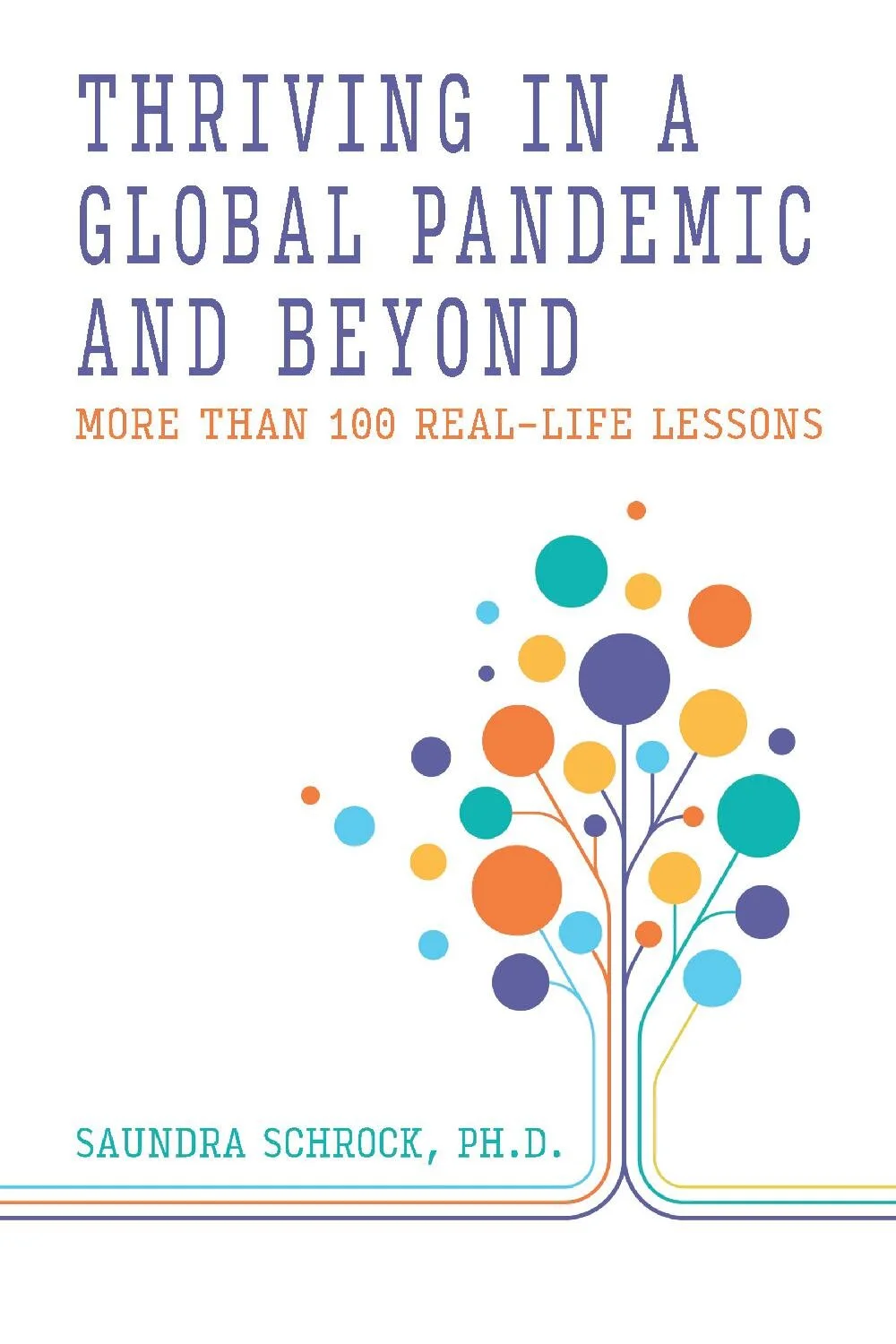Feeling Blah? Cure #3: Mindfulness & Meaning
Previous blogs in our “Feeling Blah?” series have discussed how having meaning in life is central to human motivation and is an essential psychological well-being dimension. In other words, the benefits of having a sense of purpose are well established. For example, a sense of purpose is associated with:
Better physical health (Czekierda et al., 2017)
Reduction in anxiety (Breitbart et al., 2010)
Reduction in mortality rates across the lifespan (Hill and Turiano, 2014)
Fostering resilience and overall well-being (McDonald et al., 2012)
If you have followed along with the exploration suggested in this series of blogs, you have probably seen that “meaning in life” involves a combination of connections, interpretations, aspirations, and evaluations that:
Want more tips to live better? Check out Saundra’s latest book here.
Give clarity on both our good and bad experiences
Provide direction for our efforts toward our desired future
Give us a sense that our lives matter and are worthwhile
Mindfulness-based training can be a critical mechanism for fostering a sense of meaning in our lives. First, mindfulness encourages a non-judgmental attitude towards a stressor. When this occurs, our attention can focus on the broader context of our experience. This broadened awareness allows us to see positive aspects of situations, others, and ourselves, which induces more positive emotions to expand our understanding further. For example, when we can see how failure to achieve a goal led us to discover another more impactful purpose, we begin to experience the world in a different way.
THE POWER OF THE PAUSE
Between stimulus and response, there is a space. In that space is our power to choose our answer. In our response lies our growth and freedom. – Victor E. Frankl
According to Wong (2020), the above quote by Victor Frankl can be understood as a 3-second pause that can create enough space to make the right decision. Perhaps, a decision that results in a different outcome and a different destiny. Wong goes on to break down the possibilities for these three seconds.
1st Second gives an opportunity to ask, “What is happening in this situation?”. This question reflects the essence of mindfulness, where we can observe what is unfolding in the present. This brief intentional pause enables us to suspend judgment or an emotional reaction, to make an accurate appraisal of the situation. This one moment of stillness can give you the necessary time to seek inner guidance and a higher power.
2nd Second allows us to consider, “What are my options or what freedom do I have in the moment?”. In most situations, we have some degree of freedom or control. This is often true even in the worst situations.
3rd Second is the moment to consider, “What is the right thing to do?”. Here we can decide what option is congruent with our particular life purpose and core values. The 3rd second represents Frankl’s most significant contribution: the meaning of life is not about me or what I can get from life, but about others. Asking this question in the 3rd second can be a wake-up call prompting a possible moment of ‘a-ha’.
The 1st and 2nd seconds require us to assume a non-judgmental and self-detached stance. However, in the 3rd second, we can move beyond the two-dimensional idea that life is about self-satisfaction to a third dimension of enabling us to live our lives on a deeper level, considering others.
ACTION TO TAKE THIS WEEK
In summary, when a challenging situation arises, take a moment to push pause and ask these questions:
What are my options in this situation?
What kind of freedom do I have in my reaction?
What is the right thing to do?
What decision can I make that is congruent with my life purpose and/or core values?
During the next week, take a few moments to reflect on challenging situations you have faced in the past and ask yourself, “How could the outcome have been different if I had asked the questions above?”
References
Breitbart, W., Rosenfeld, B., Gibson, C., Pessin, H., Poppito, S., Nelson, C., et al. (2010). Meaning-centered group psychotherapy for patients with advanced cancer: a pilot randomized controlled trial. Psycho-Oncology, 19(1), 21–28. https://doi.org/10.1002/pon.1556.
Czekierda, K., Banik, A., Park, C. L., & Luszczynska, A. (2017). Meaning in life and physical health: systematic review and metaanalysis. Health Psychology Review, 1–32. https://doi.org/10.1080/17437199.2017.1327325.
Hill, P. L., and Turiano, N. A. (2014). Purpose in life as a predictor of mortality across adulthood. Psychol. Sci. 25, 1482–1486. https://doi.org/10.1177/0956797614531799 Hogan, N. S., and Schmidt, L. A. (2002). Testing the grief to personal growth model using structural equation modeling. Death Stud. 26, 615–634. doi: 10.1080/07481180290088338
McDonald, M. J., Wong, P. T. P., & Gingras, D. T. (2012). Meaning-in-life measures and development of a brief version of the personal meaning profile. In P. T. P. Wong (Ed.), The human quest for meaning: Theories, research, and applications. (2nd ed., pp. 357–382). Routledge


